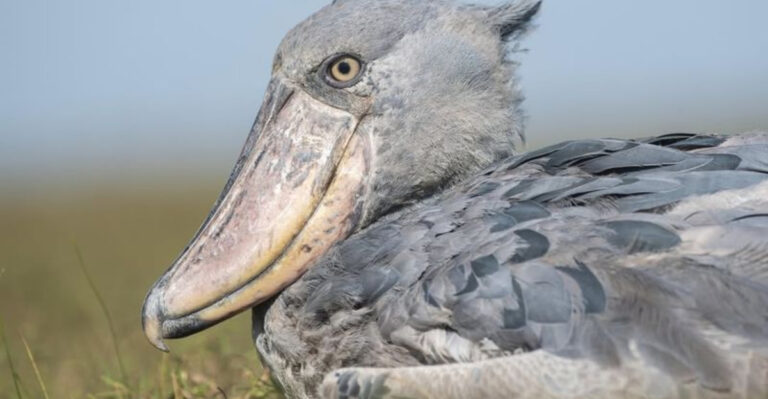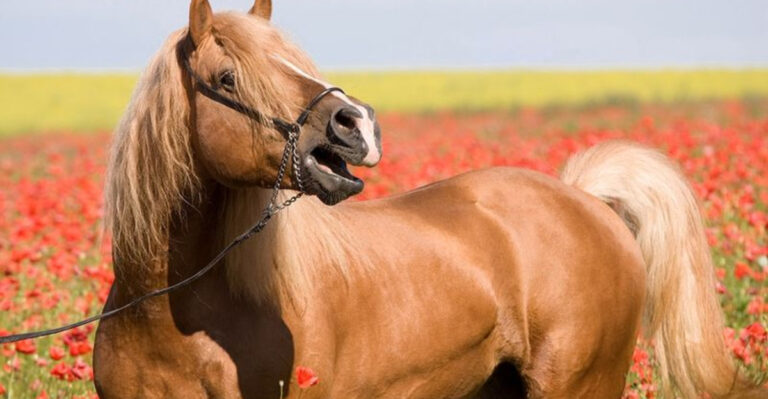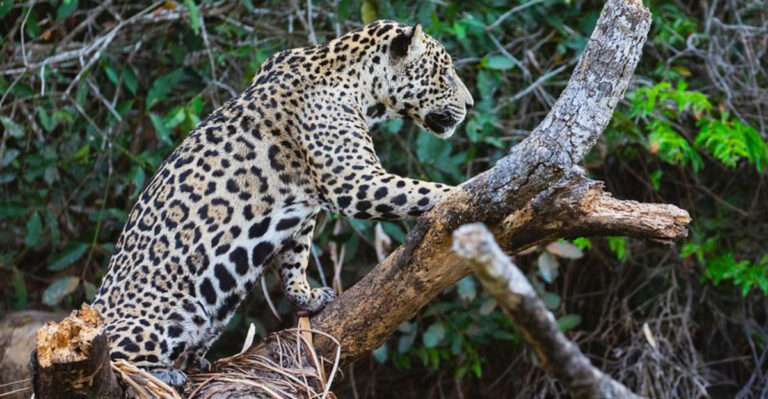The Most Toxic Snake Species On Every Continent
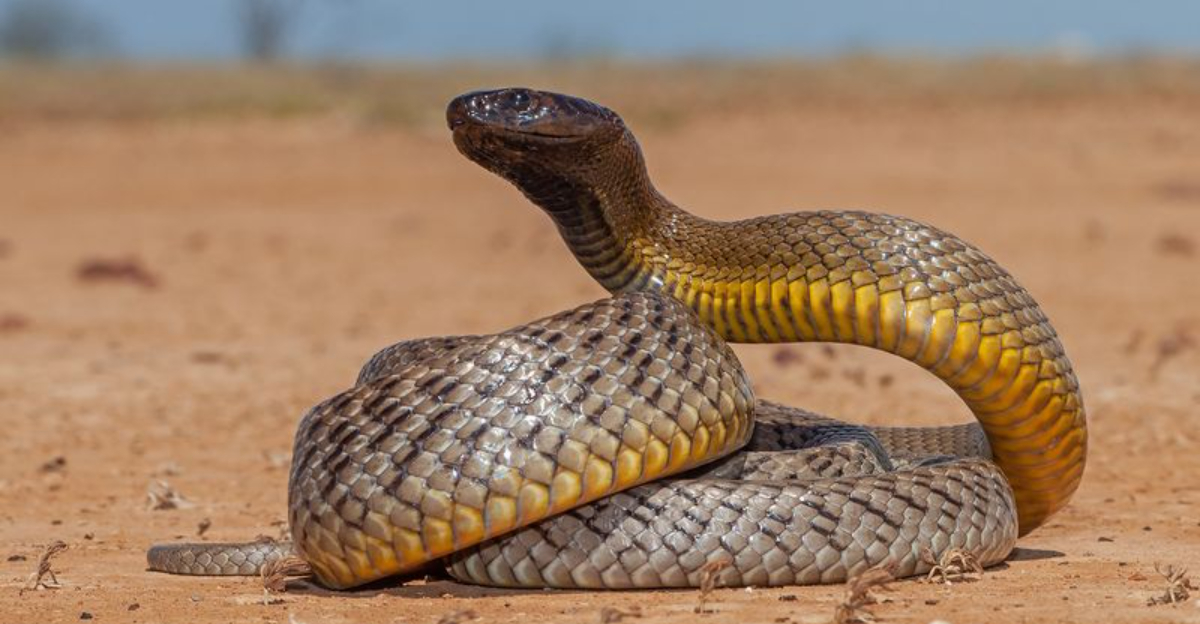
Venomous snakes exist on nearly every continent, striking fear with their deadly bites and potent toxins.
From lightning-fast vipers to stealthy sea dwellers, these reptiles have evolved some of the most powerful venoms in the animal kingdom.
Let’s explore the most dangerous serpents from around the globe and learn what makes each one so lethal.
1. North America: Eastern Diamondback Rattlesnake
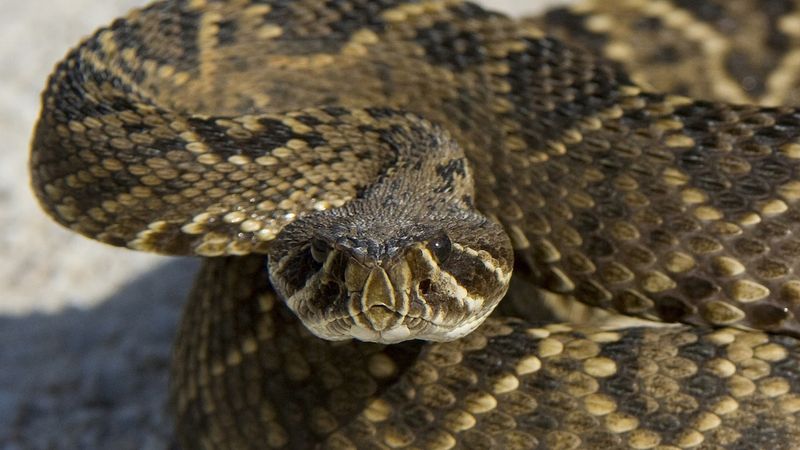
Coiled beneath the pine forests of southeastern U.S., this heavyweight champion delivers more venom than any other rattlesnake. Its hemotoxic cocktail destroys tissue and blood cells on contact.
Survivors often face amputation or permanent disability if treatment is delayed. Despite its deadly reputation, this rattler prefers to warn before striking—a courtesy not all venomous snakes extend.
2. North America: Cottonmouth (Water Moccasin)
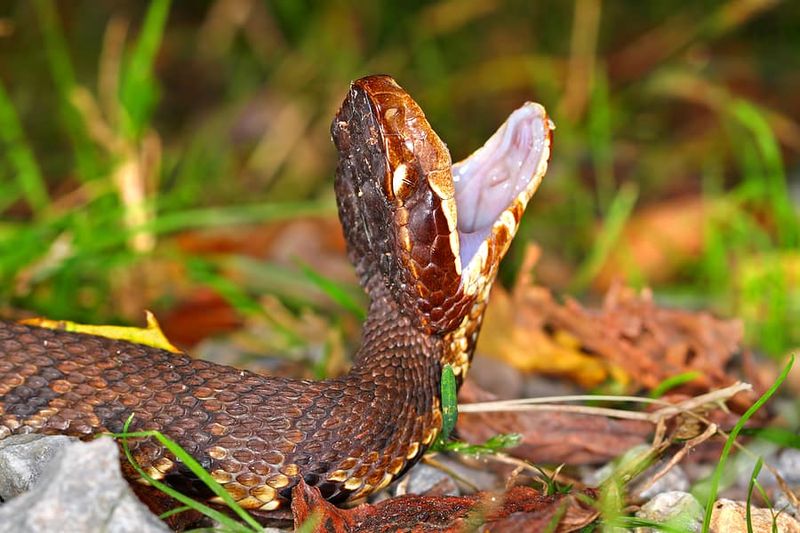
Gliding through southern swamps, the Cottonmouth earned its name from the startling white interior of its mouth, displayed as a warning. Unlike many snakes that flee from humans, these bold reptiles often stand their ground.
Their venom causes severe pain, swelling, and tissue damage. A nighttime encounter might be especially dangerous—they’re more active after dark when their dark coloration provides perfect camouflage.
3. South America: Golden Lancehead
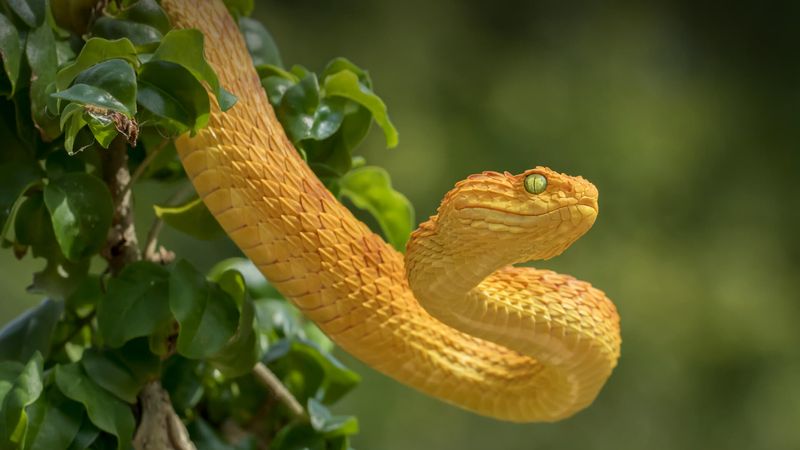
Marooned on Brazil’s Ilha da Queimada Grande (Snake Island), this pit viper evolved in isolation with terrifying results. Scientists believe its venom evolved to be five times stronger than mainland relatives to quickly immobilize fast-moving birds.
The island remains strictly off-limits to visitors. With venom that melts flesh and can kill within hours, these golden-hued killers have turned their island home into a genuine forbidden zone.
4. South America: Fer-De-Lance
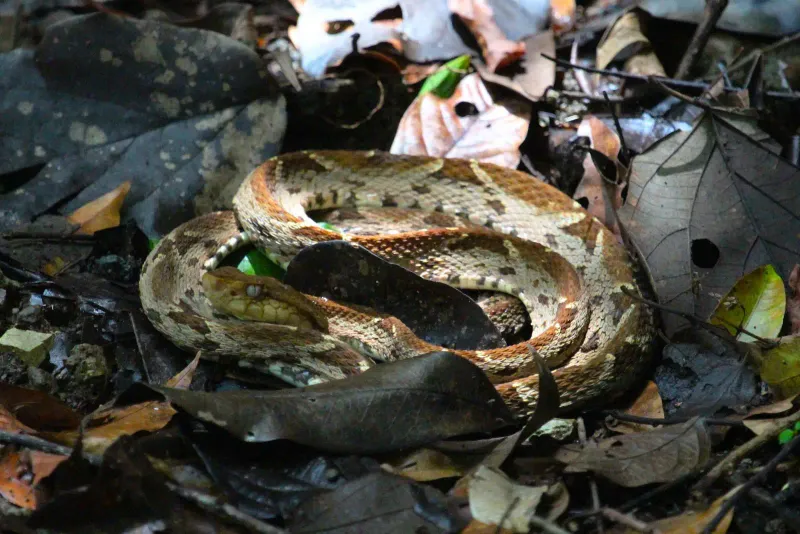
Farmers across Central and South America fear this ambush predator that hides among fallen leaves and coffee plantations. Its name means ‘spearhead’ in French, describing its distinctively shaped head and deadly precision.
The venom acts rapidly, causing catastrophic internal bleeding and tissue destruction. What makes this snake particularly dangerous is its tendency to stand its ground when threatened rather than retreat.
5. Africa: Black Mamba

Racing through African savannas at speeds up to 12 mph, the Black Mamba delivers terror with precision. Not actually black (its mouth interior is), this snake’s gray body can reach 14 feet long.
Its neurotoxic venom can kill within 20 minutes without treatment. Before anti-venom development, the bite mortality rate approached 100%, earning this serpent the nickname “kiss of death” among local communities.
6. Africa: Puff Adder
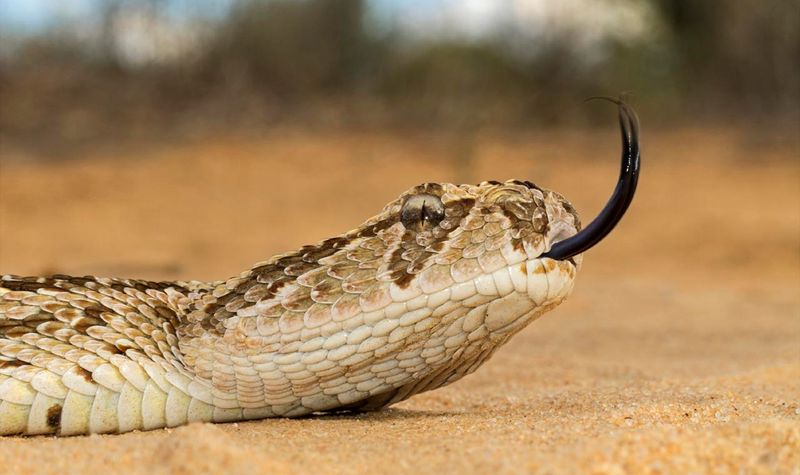
Master of disguise, the Puff Adder vanishes against African soil with its perfect camouflage. Rather than fleeing, it freezes when approached—a strategy that leads to countless accidental encounters with humans.
Its cytotoxic venom causes massive swelling and tissue death. The bite feels like being stabbed with hot needles. Despite moving slowly, it strikes with lightning speed, making it Africa’s deadliest snake by fatality count.
7. Asia: King Cobra
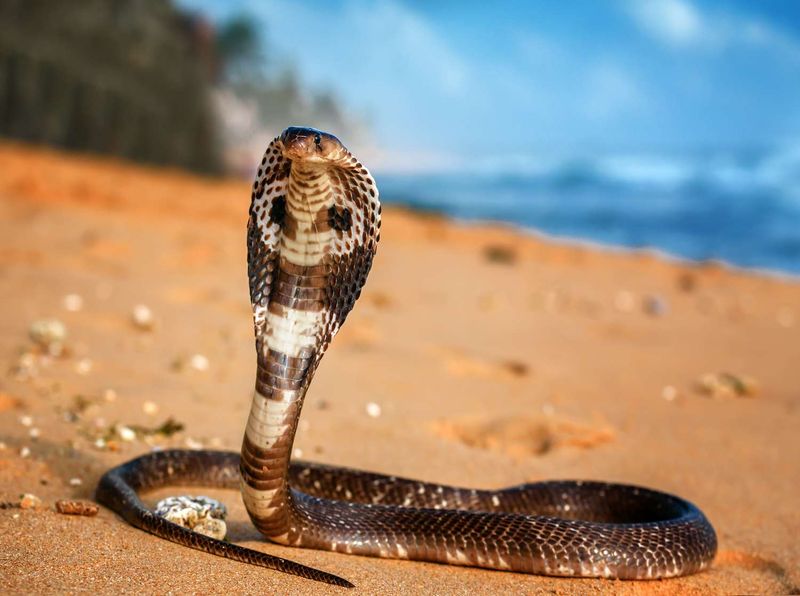
Rising majestically to eye level, Asia’s royal serpent can measure an intimidating 18 feet long. Unlike other cobras, it constructs nests for its eggs and fiercely guards its young—unusual behavior for snakes.
Its venom targets the nervous system, causing respiratory failure within hours. What’s truly remarkable is its intelligence—King Cobras recognize their human handlers and have been observed using strategic hunting techniques rarely seen in reptiles.
8. Asia: Krait
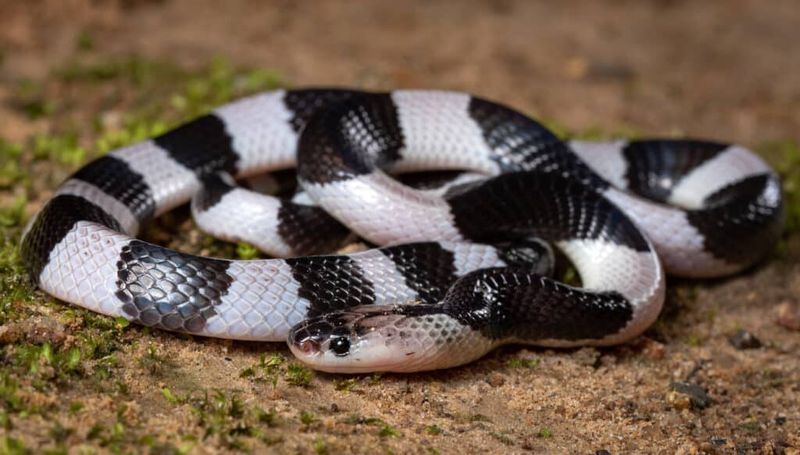
Midnight assassins of Southeast Asia, Kraits silently enter homes while residents sleep. Their black-and-white banded pattern looks almost ornamental, belying their deadly nature.
Victims often don’t feel the initial bite, waking paralyzed hours later. The venom blocks nerve signals to muscles, eventually stopping breathing. Rural villagers particularly fear these snakes—their bites are painless but among the most lethal in Asia.
9. Australia: Inland Taipan
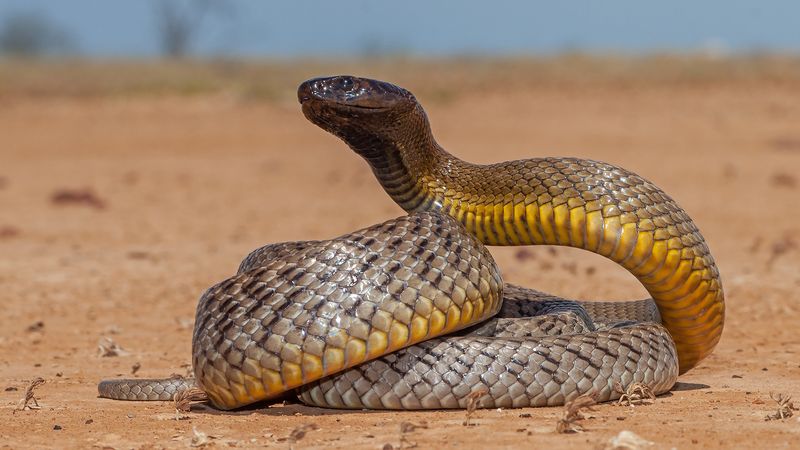
Lurking in Australia’s remote deserts, the unassuming Inland Taipan holds a terrifying record. Just one bite contains enough venom to kill 100 humans or 250,000 mice!
Its neurotoxic venom works with frightening efficiency, potentially causing death within 45 minutes. Surprisingly, this snake avoids human contact whenever possible. Its extraordinary toxicity evolved to kill warm-blooded prey instantly in an environment where hunting opportunities are rare.
10. Australia: Eastern Brown Snake
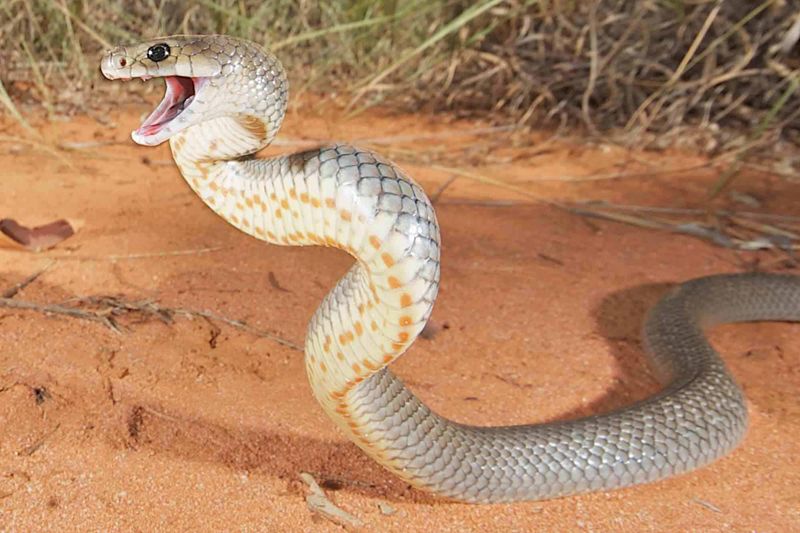
Slender and fast-moving, this nervous neighbor frequently encounters Australians in suburban yards. When threatened, it raises its body in an S-shape, ready to deliver multiple rapid strikes.
Its venom causes progressive paralysis and uncontrollable bleeding. Even more alarming, juvenile Eastern Browns contain just as much venom as adults. Many bites occur when homeowners attempt to remove these snakes from their properties without professional help.
11. Europe: The European Adder
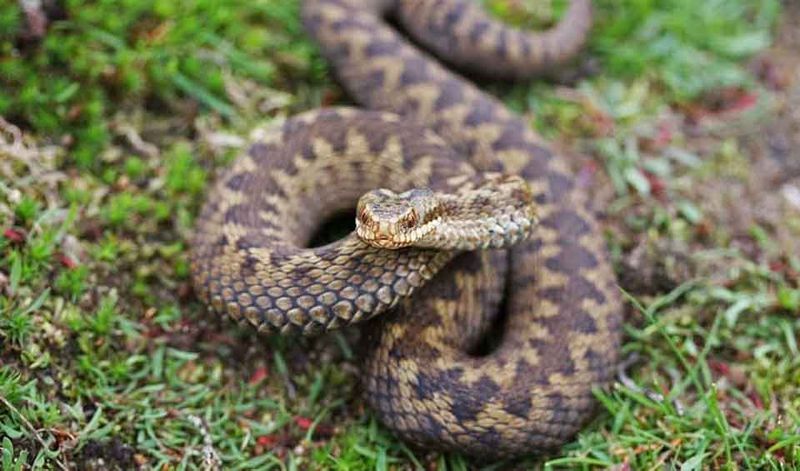
In Europe, the European Adder (Vipera berus) holds the title of the most venomous snake. This species is widespread across the continent, from the UK to Scandinavia and Eastern Europe.
Despite its venomous bite, the European Adder is typically not deadly to humans, though it can cause severe symptoms such as pain, swelling, and, in rare cases, death—particularly in individuals who are allergic or do not receive prompt medical attention.
The venom of the adder is a mix of hemotoxins and neurotoxins, which can cause tissue damage and affect blood clotting.
12. Pacific Islands: Sea Snake
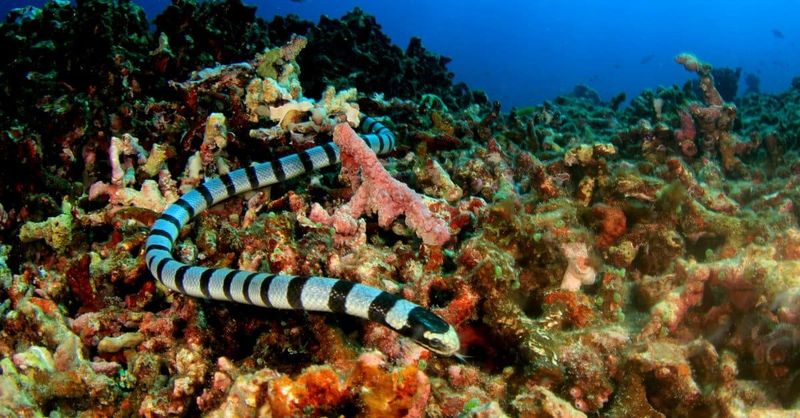
Gracefully undulating through coral reefs, sea snakes possess venom multiple times stronger than their land cousins. Their flattened tails act as paddles, allowing them to outswim most predators.
Fortunately for humans, their small mouths and reluctance to bite keeps fatalities rare. Their venom evolved to instantly immobilize slippery fish prey. Divers around Pacific islands typically observe these creatures from a respectful distance—a wise practice with any venomous marine species.
13. Pacific Islands: Island Blind Snake
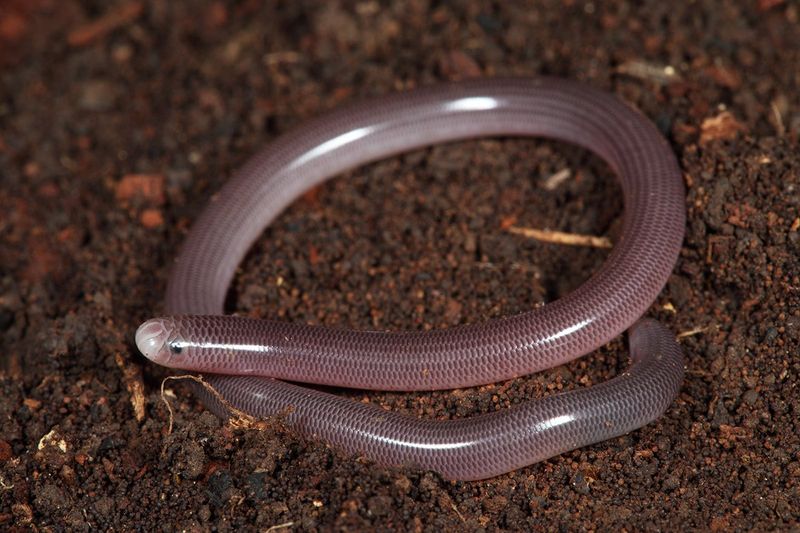
Resembling an earthworm at first glance, this secretive island dweller spends most of its life underground. Despite its name, it isn’t completely blind—just equipped with tiny eyes covered by scales.
While technically venomous, its toxicity poses minimal threat to humans. These fascinating creatures serve as natural pest controllers, feeding on termite and ant larvae. Their presence on isolated Pacific islands remains a mystery that continues to intrigue herpetologists worldwide.


